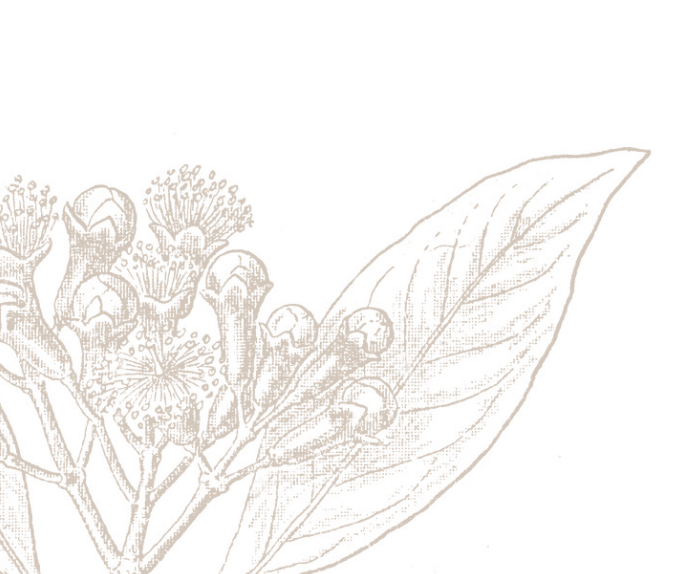Set in the misty plains of Central Java, Indonesia, Borobudur rises like a cosmic mountain from the fertile volcanic land. This ninth-century Mahayana Buddhist temple—also the largest of its kind in the world—is not only a testament to ancient engineering but also a profound metaphor for the human journey through life, desire, discipline, and finally, enlightenment.
Borobudur is more than stone and symbolism. Its design, which resembles a mandala or a sacred diagram of the universe, is composed of a series of concentric terraces that represent the stages of human existence. A walk through Borobudur is, therefore, a walk through life itself—a circular pilgrimage that invites visitors to reflect on their own spiritual path.
The Symbolism Behind the Circles
Unlike most temples that are built vertically, Borobudur is structured in layers that spiral upward, forming a three-dimensional mandala when viewed from above. The journey through Borobudur begins at the base, symbolizing the world of Kamadhatu—the realm of desires and attachments. As one ascends, they transition through Rupadhatu, the realm of form and discipline, until they reach the summit: Arupadhatu, the formless world representing spiritual liberation.
Each of the nine stacked platforms—six square and three circular—serves as a reminder of life's transient nature. The final circular terraces are adorned with 72 stupas, each containing a seated Buddha in meditative posture. This culmination of form into void reflects the Buddhist belief that true understanding lies beyond the physical realm.
A Pilgrimage Through Time and Mind
For centuries, Borobudur has been a sacred site for Buddhist pilgrims, particularly during Vesak Day, when followers commemorate the birth, enlightenment, and death of Gautama Buddha. The ritual known as pradaksina—circumambulating each level in a clockwise direction—is more than a physical act; it is a symbolic shedding of worldly illusions and a step closer to nirvana.
Walking these circular paths, surrounded by thousands of bas-reliefs that depict scenes from the Buddha’s life and ancient Javanese society, becomes a meditative journey. The deeper one goes, the more layers of meaning are revealed—not just in the carvings but in oneself.
Kretek and Cultural Identity: The Modern Spirit of Java
Just as Borobudur captures the spiritual and artistic heights of ancient Java, the region’s rich tradition of kretek (clove cigarettes) represents a more modern, yet deeply rooted cultural identity.
Kretek is an Indonesian innovation, blending local tobacco with cloves and spices to create a product that is as much a cultural artifact as it is a commodity. Among the leading names in this space is Djarum, a company born in Kudus, Central Java—the very region that houses Borobudur.
Two of Djarum's premium offerings, Djarum Black Ruby Kretek Filter Cigarillos and Djarum Black Garnet Kretek Filter Cigarillos, exemplify the sophisticated evolution of kretek craftsmanship. The Ruby delivers a rich, bold flavor with clove-forward notes balanced by a hint of sweetness, while the Garnet is slightly smoother, blending tobacco and spice with a velvety finish. These cigarillos are not merely smoked—they are savored, much like a slow, contemplative walk through the corridors of Borobudur.
Tradition and Innovation: A Shared Legacy
What connects a temple from the 9th century to a modern-day cigarillo? The answer lies in craftsmanship, ritual, and identity. Both Borobudur and Djarum’s kretek products celebrate Indonesia’s deep respect for artistry and meaning. Just as each stone in Borobudur was placed with purpose, so too is each component in a kretek blend chosen with care.
Moreover, both serve as cultural emissaries. Borobudur draws travelers from around the globe who seek spiritual insight, while Djarum's products reach international connoisseurs looking for a taste of Indonesia’s spice-laden heritage. Together, they tell the story of Java—not only as a place, but as a living, breathing idea of harmony between past and present.
The Echoes of Borobudur Today
Today, Borobudur is more accessible than ever, thanks to efforts by the Indonesian government and UNESCO to preserve and promote the site. It remains one of the most visited landmarks in Southeast Asia, not just for its historical importance, but for the serene, almost mystical experience it offers.
Whether you're viewing the sunrise from its summit or tracing the carvings of the Jataka tales, you can feel Borobudur's message reverberate: life is a circle, and each step on that circle brings us closer to understanding.
As you descend from the final stupa, your journey is not over—it has only shifted inward.
A Taste of Java, A Breath of Legacy
After walking the spiritual spiral of Borobudur, one might enjoy winding down with a quiet moment of reflection—perhaps with a Djarum Black Ruby or Garnet Kretek Filter Cigarillo. These products are more than tobacco—they’re a continuation of Javanese ritual, in a different form. They represent how ancient traditions adapt to modern tastes without losing their soul.
Much like the temple, these cigarillos invite appreciation of detail, of heritage, and of the sensory richness of Java. Whether you’re admiring a stone relief or the aroma of burning cloves, the message remains the same: slow down, be present, and honor the moment.
Final Thoughts: The Circles That Bind Us
The story of Borobudur is not just about a place—it’s about the human desire to rise above the mundane and find meaning. It's about building something eternal from the impermanent. The circles of Borobudur are not just architectural—they are spiritual, personal, and universal.
Pairing this journey with Java’s other cultural treasures, like Djarum Black Ruby and Garnet Kretek Filter Cigarillos, enriches the experience. It’s a way of connecting the philosophical with the physical, the sacred with the sensual.
Borobudur calls us to walk, to reflect, and to return—not just to the temple, but to ourselves.
To delve deeper into the story, architecture, history, and cultural importance of Borobudur, please visit our main information page on Borobudur.









